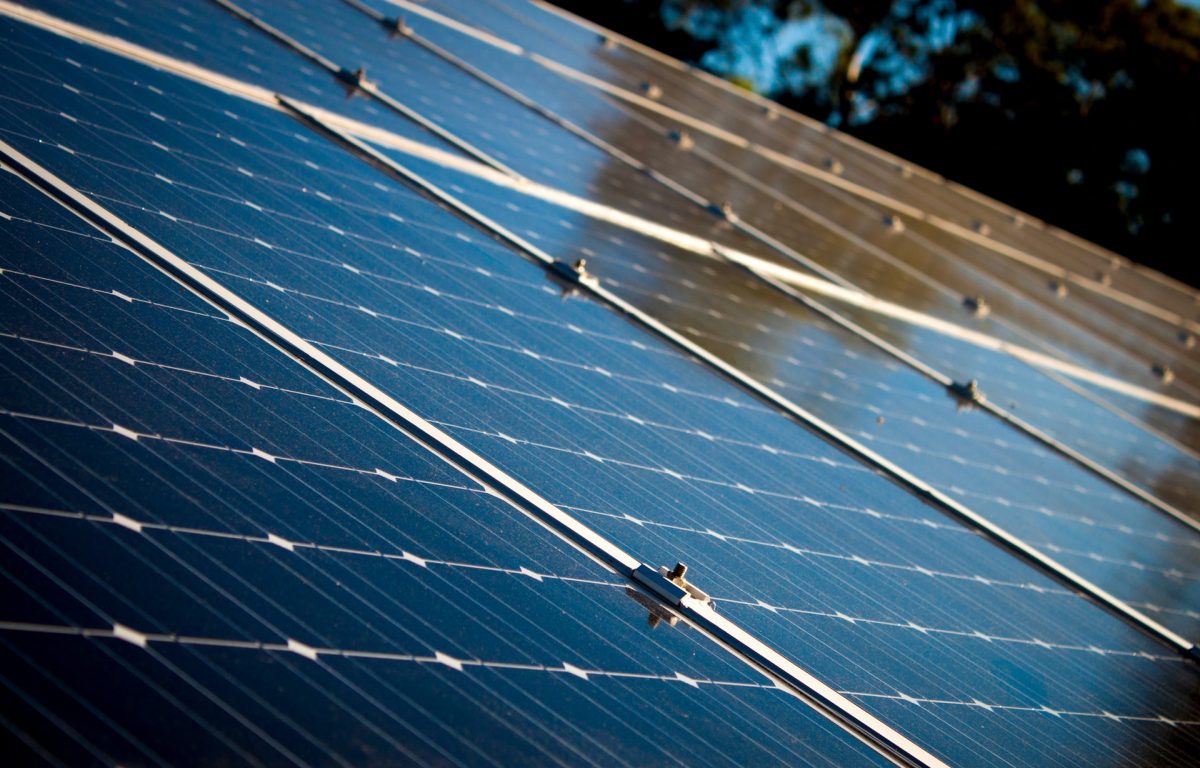
Amped Up: Tracing the Growth of the Global Car Battery Market
Understanding the Surge in Car Battery Demand
In the ever-evolving world of automotive technology, the heart that keeps vehicles pulsating on the roads isn’t just the engine—it’s also the car battery. The global car battery market has been experiencing a surge, electrified by innovation, heightened environmental awareness, and an insatiable demand for more efficient vehicles. As we navigate through this dynamic landscape, let’s take a closer look at what drives this crucial market and how it affects you, the consumer.
Understanding the Surge in Car Battery Demand
Imagine a world where every vehicle stops, not because they want to, but because they have to—simply to breathe. This anecdote might sound dramatic, but it underscores a fundamental truth about our reliance on car batteries. Just as breathing is essential for life, a robust battery is indispensable for a vehicle. It’s not just about starting the engine. Today, car batteries support a complex network of computers, sensors, and advanced electronic systems, all of which are integral to modern automobiles.
The demand for car batteries is not merely about quantity but quality and sustainability. As environmental regulations tighten and consumer preferences shift towards electric vehicles (EVs), the demand for high-performance, long-lasting, and eco-friendly batteries has skyrocketed. This shift is pushing manufacturers to innovate relentlessly, ensuring that your car’s heartbeat is stronger and more sustainable than ever.
The Role of Publicity in Shaping Perceptions
Consider the power of publicity. There was a time when the humble car battery lurked unnoticed in the shadows of automotive components. Today, however, thanks to strategic publicity, the importance of car batteries has been thrust into the limelight. Consumers are now more informed about how crucial a reliable car battery is, not just for starting their car but for ensuring their safety and the optimal performance of their vehicle.
Publicity has also played a pivotal role in educating consumers about the environmental impact of car batteries and the benefits of opting for eco-friendly alternatives. This heightened awareness has been a driving force behind the surge in demand for innovative battery solutions that promise to be kinder to our planet.
Car Battery Replacement: A Crucial Consideration for Every Driver
Every driver faces the moment—the inevitable car battery replacement. It’s a critical turning point that can significantly impact the performance and reliability of your vehicle. Choosing the right replacement isn’t just about cost; it’s about ensuring compatibility, longevity, and reliability. Here, the global car battery market offers a plethora of options, each tailored to meet specific needs and budgets.
When considering a car battery replacement, think of it as a reawakening. You’re not just replacing a part; you’re revitalizing your vehicle, ensuring it continues to perform at its best. This decision can breathe new life into your car, making it ready for more journeys, more adventures, and more milestones.
Exploring the Hypnagogic Shifts in Car Battery Technology
The term “hypnagogic” refers to the transitional state between wakefulness and sleep, where the mind experiences a burst of dream-like imagery and ideas. In a metaphorical sense, the car battery market is in a hypnagogic state, brimming with innovative ideas that bridge the gap between traditional lead-acid batteries and futuristic energy storage solutions.
This transition is exciting because it’s not just about technological advancements but also about how these innovations can transform everyday driving experiences. From batteries that charge faster to those that last longer and perform better under extreme conditions, the developments within the car battery market promise a future where convenience and sustainability are not mutually exclusive.
Empowering You to Make Informed Choices
As the global car battery market continues to expand and evolve, the power to choose what’s best for your vehicle and the environment rests with you. By staying informed about the latest trends and innovations, you can make choices that align with your values and needs.
Remember, every decision you make about your car, especially when it comes to selecting a car battery, reflects your commitment to both performance and sustainability. The market is equipped to offer solutions that cater to a wide range of preferences and requirements, ensuring that there is something for everyone.
In essence, the growth of the global car battery market is not just a narrative of technological advancement but a reflection of how informed choices can lead to better outcomes for individuals and the planet. So, as you steer down the road of automotive maintenance and sustainability, remember that your choices help shape the future of driving. Embrace the power of knowledge, and let that guide you in making decisions that ensure your vehicle remains a reliable companion on your life’s journeys.





